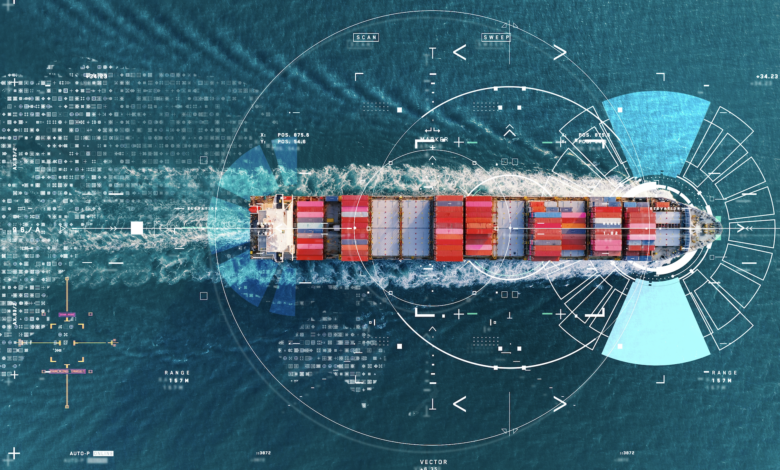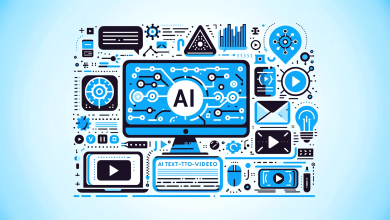
The maritime industry is renowned for its ‘old-school’ approach to technology. Major commercial vessels carrying millions of dollars worth of cargo are still using paper maps, manual logbooks, and legacy systems that are no longer fit for purpose.
With the global economy so reliant on commercial shipping, this approach risks leaving the industry behind its competitors that are more digitally advanced and revolutionising their day-to-day operations. Shipping is also compounded by tightening regulations and needs to decarbonise, making technological improvements much more vital.
Fortunately, the adoption of advanced technological systems in maritime is picking up pace, with advanced communication setups and real-time tracking of vessel movements now commonplace. With those now in the picture, systems that are utilising Machine Learning and automation are the next big game changers for the shipping industry.
Maritime procurement
The procurement process for modern shipping companies has always been complex. The ability to access the right parts in the right areas has been challenged by recent supply chain headwinds and macroeconomic market trends.
Marine procurement is also complicated because a ship is always moving. Shipping players may have an established relationship with a commodity supplier but if they cannot reach their vessels in certain parts of the world, then they can find themselves stuck at port or having to embark on a voyage without vital parts or supplies.
Traditional maritime procurement also faces several major inefficiencies, including back-and-forth email communications and paper-based documentation. This results in a slow, cumbersome, and fragmented operation that is particularly prone to human error. Machine Learning (ML) makes its presence felt by making that process smoother for the maritime sector.
New e-procurement systems are coming online across the shipping sector that are taking advantage of new technologies, such as ML and cloud-based processes, to bring the entire process online. This improves visibility and transparency, reduces rogue spending and enables decision makers to have greater access to data and ability to control the entire purchasing process. Importantly, e-procurement models can automate the majority of the manual work, thus eliminating the risk of human errors and reducing the burden on procurement teams, saving both time and resources for procurement departments.
Conservative mindset
While the efficiency benefits of ML in marine procurement are easily identifiable, the shipping sector faces a greater challenge if this type of technology is to become commonplace: changing the mindset of traditionally conservative shipping executives.
Shipping companies and their purchasing teams are still hesitant to adopt modern technology, choosing instead to stick to outdated paper-based and manual processes. These ‘old-school’ ways of working, utilising legacy systems in today’s market, has significant implications when it comes to efficiency, cost management and competitiveness. The challenge for e-procurement providers is to highlight the importance of efficient and effective processes, combined with cost and time savings.
The maritime sector is such a robust and established ecosystem of vessels, ports and cargo that there is naturally some caution about embracing technologies that can shake up traditional processes. However, it is believed that these systems are in place to support the procurement process and generate more value from it. In a way, the purchasing teams still have their hands on the wheel, but the engine room is using ML to make purchasers more efficient and precise in their daily operations.
The shipping industry needs to look at ML as a way of creating and promoting value. Users find new ways to leverage value when it is integrated into a system. This enables them to focus on more meaningful tasks, such as data insights and business development, instead of time-consuming processes.
Conclusion
The maritime sector is making great progress in adopting technologies into their daily operations. However, the adoption of ML and automation remains in its infancy. Global shipping is such a vital part of the world’s ecosystem that it cannot afford to slow down or avoid the next generation of technologies that will become commonplace across commerce around the world.



